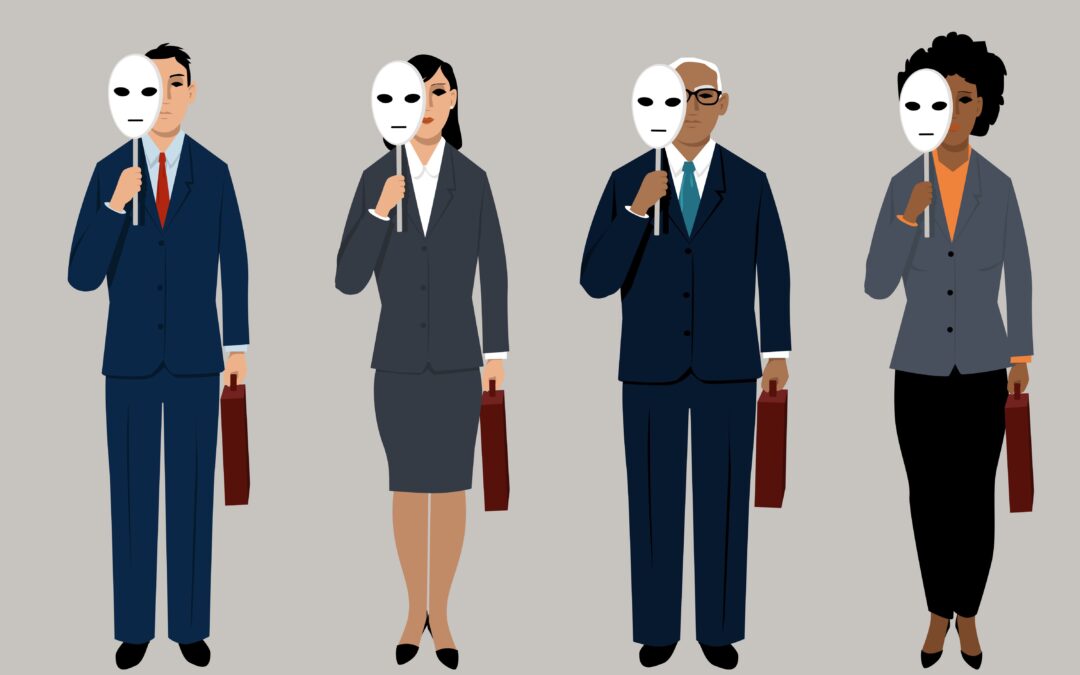Hello, and welcome to Late Life Insights: A series of short, informational pieces on all things aging. I’m Dr. Lisa Rill, your friendly social gerontologist and Executive Director of Senior Life Source. Today’s topic focuses on the Age Discrimination in Employment Act (ADEA).
I know it’s hard to believe, but the Millennial generation is no longer the youngest age group, and they haven’t been for a while. There are now, not one, but two generations that follow them (Gen Z 1997-2012, and Gen Alpha 2013-2025).
So, what is the Age Discrimination in Employment Act and why is it relevant to the Millennials? The ADEA of 1967 was created to protect applicants and employees 40 years of age and older from discrimination on the basis of age in hiring, promotion, discharge, compensation, or terms, conditions or privileges of employment. This is important to the Millennials because the oldest members of this generation began turning 40 this year.
The ADEA is enforced by the Equal Employment Opportunity Commission. According to their report (2017), 37 percent of all age-discrimination complaints were from people ages 40-57.
Welcome to the world of workplace ageism Millennials, one of the last accepted bias in our society. Many professions have implicit biases about when they consider someone to be less desirable due to age. No one wants to be a victim of that, especially for those who have gained so much experience and skills from decades of employment in their field.
How to recognize age discrimination in the workplace:
- Employers refuse to hire older workers,
- When older workers receive fewer training opportunities, and rewards, or are harassed,
- A supervisor fires an older worker and keeps the younger worker who is paid less to do the same job,
- An older worker is turned down for a promotion and a younger person is hired because ‘new blood’ is needed in the company, or
- The organization uses budget cuts as an excuse to target senior employees for layoffs or encouraging them to retire.
How to challenge age discrimination:
- Did you know if you apply for a job online, there’s a good chance that a screening algorithm will automatically disqualify you because of your age? Start by creating a resume that is age-proof. That means organizing your resume in a way that doesn’t reveal your age. For example, remove details such as graduation dates and be mindful of how your resume is formatted. Basically, anything that might provide clues to recruiters about your age,
- Keep detailed records of emails, comments, or any other incidents,
- Have a conversation with your human resources department,
- Pursue legal action and file a complaint with the Equal Employment Opportunity Commission (EEOC),
- Encourage and participate in projects that are intergenerational to increase generational awareness, breakdown stereotypes, and provide an opportunity for reciprocal mentorship, or
- Suggest your company establishes a diversity, equity, and inclusion program based on age.
The takeaway: Older workers (40 and over) are here to stay, and we all need to work towards embracing the idea of an intergenerational workforce. In order to do that individuals need be able to recognize, speak up, and call out age discrimination when it occurs and organizations need to be held accountable for their actions.
Thank you for joining me for Late Life Insights from Senior Life Source, where we provide education on aging for all ages.
Lisa Rill, PhD
Executive Director, Senior Life Source



Great, informative and interesting article. During my working years, I was aware of people who were 65 and needed to keep working. They were ignored and had to succumb to poor scheduling practices. etc. Very sad and unfair.